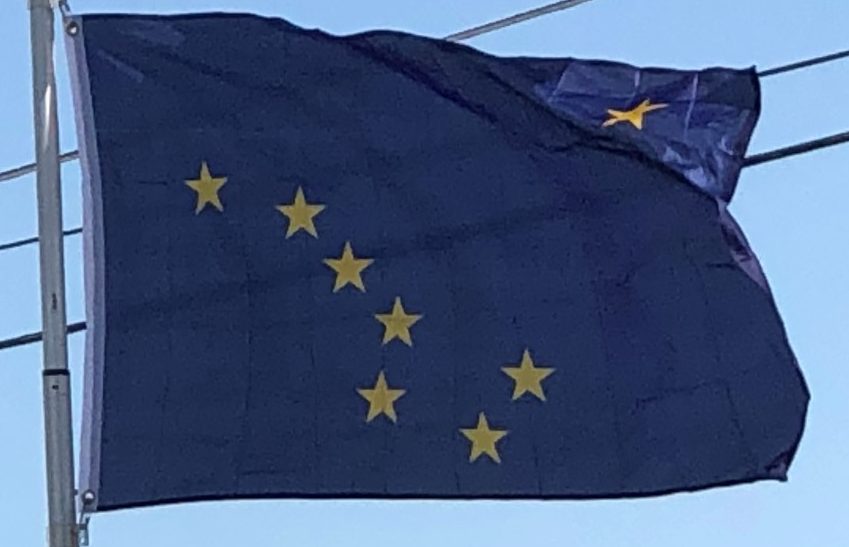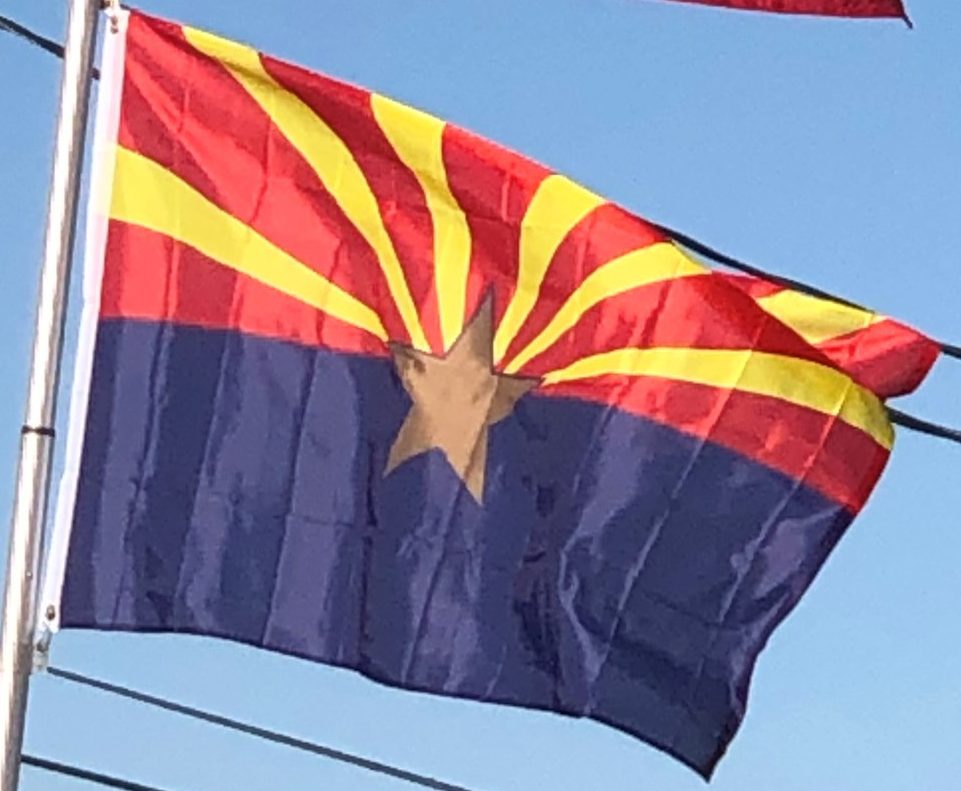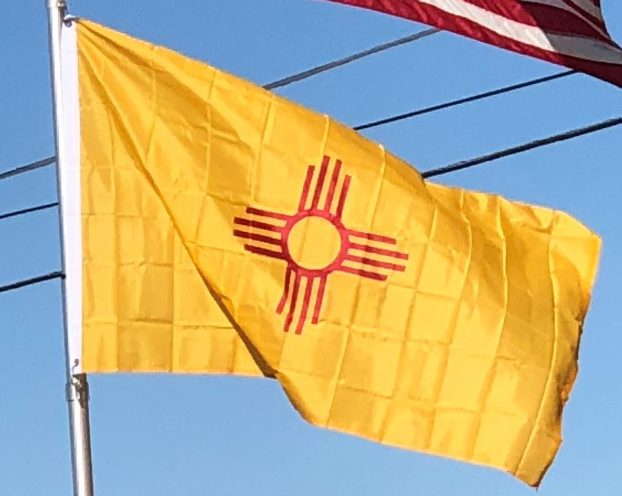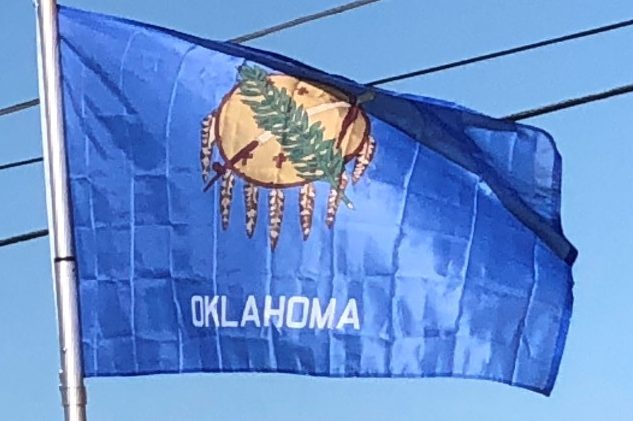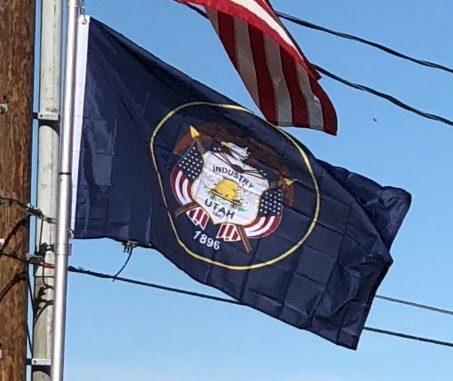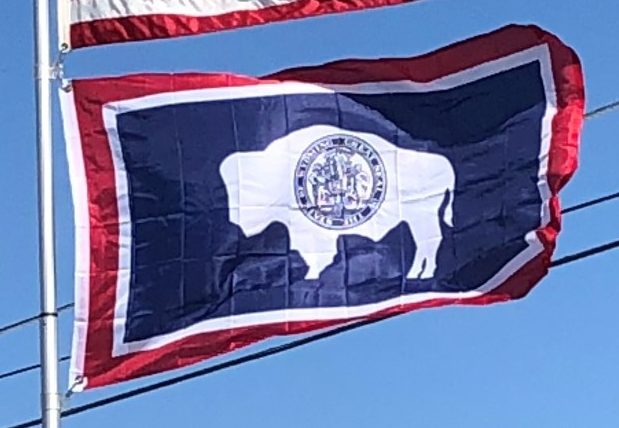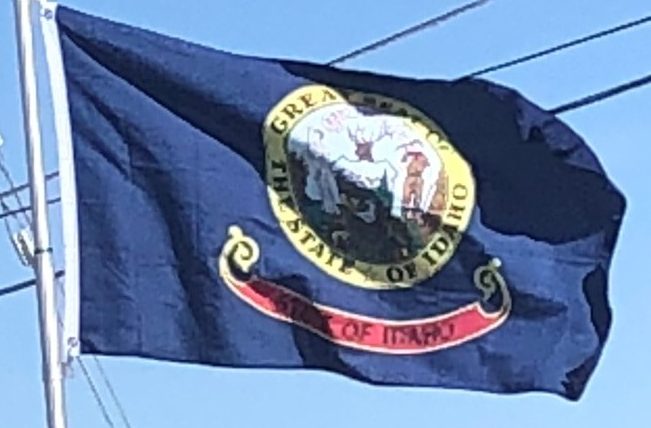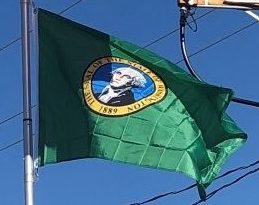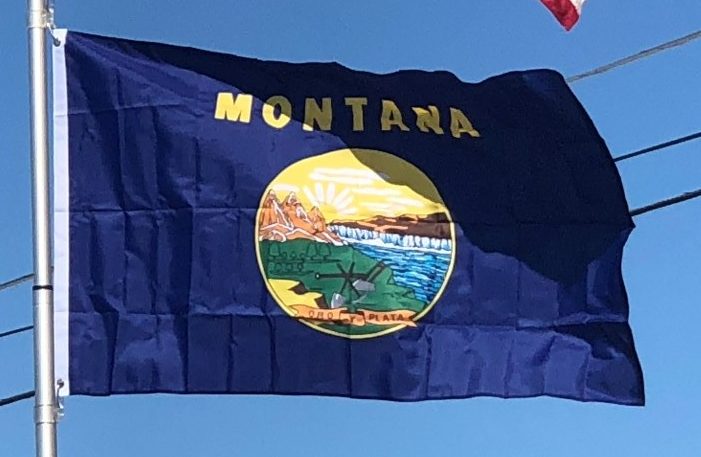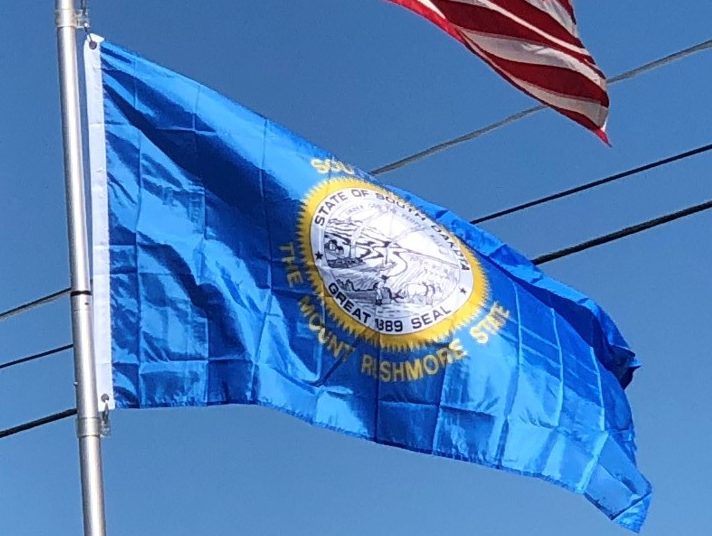Alaska – The Last Frontier
More than 30 years before Alaska was to become a state, the Alaska Department of the American Legion sponsored a territorial contest for Alaskan children in grades seven through twelve. Winning the contest in 1927, the design of Benny Benson, a 13-year-old Alaska Native residing at the Jesse Lee Home for Children in Seward, was chosen to represent the future flag of the Territory of Alaska. Up to that time, Alaskans had flown only the U.S. flag since the territory was purchased from Russia in 1867. Benson’s design was chosen over roughly 700 other submissions from schoolchildren territory-wide in grades 7–12. Most other entries featured variations on the territorial seal, the midnight sun, the northern lights, polar bears, and/or gold pans. To celebrate his achievement, Benson was awarded $1,000 and an engraved watch.
